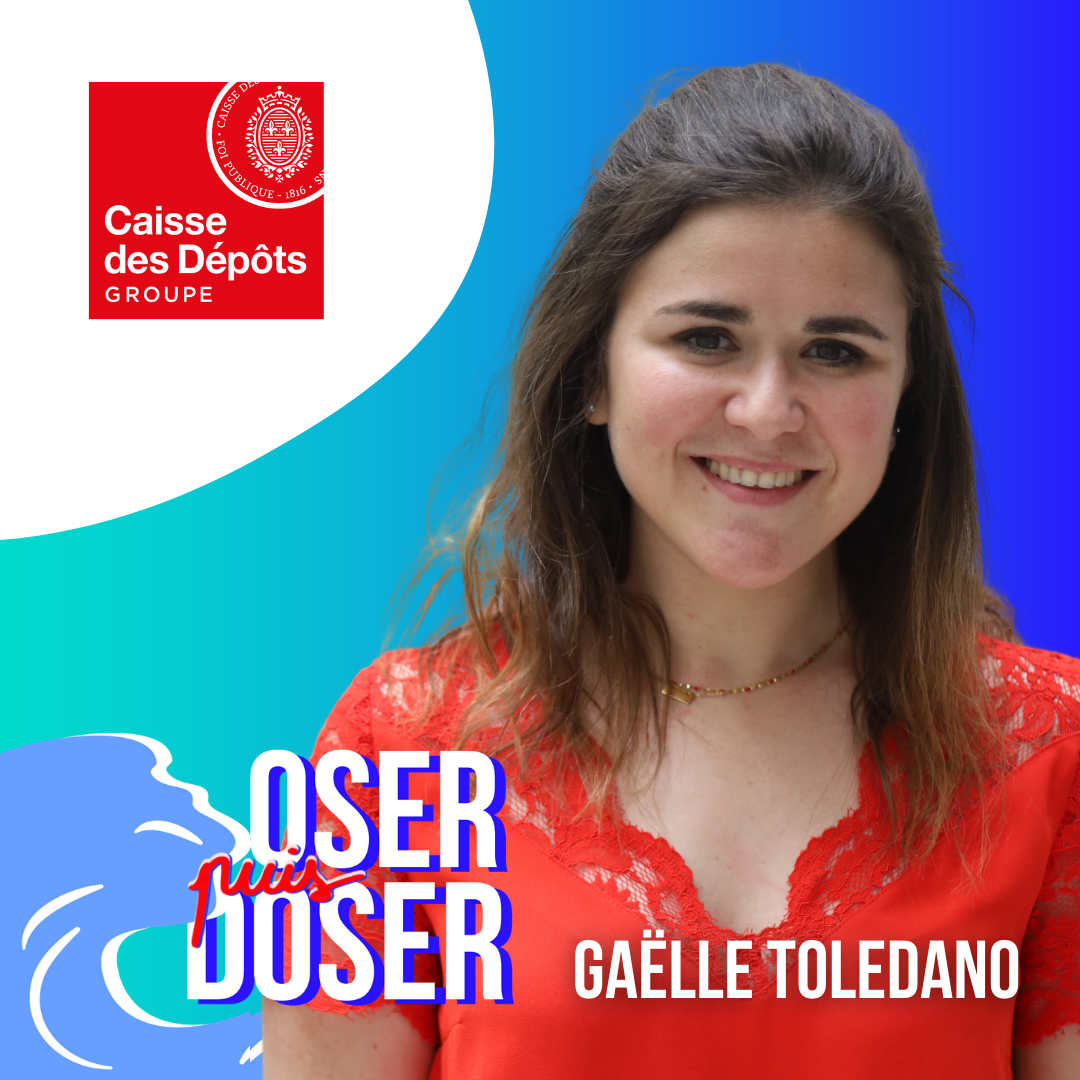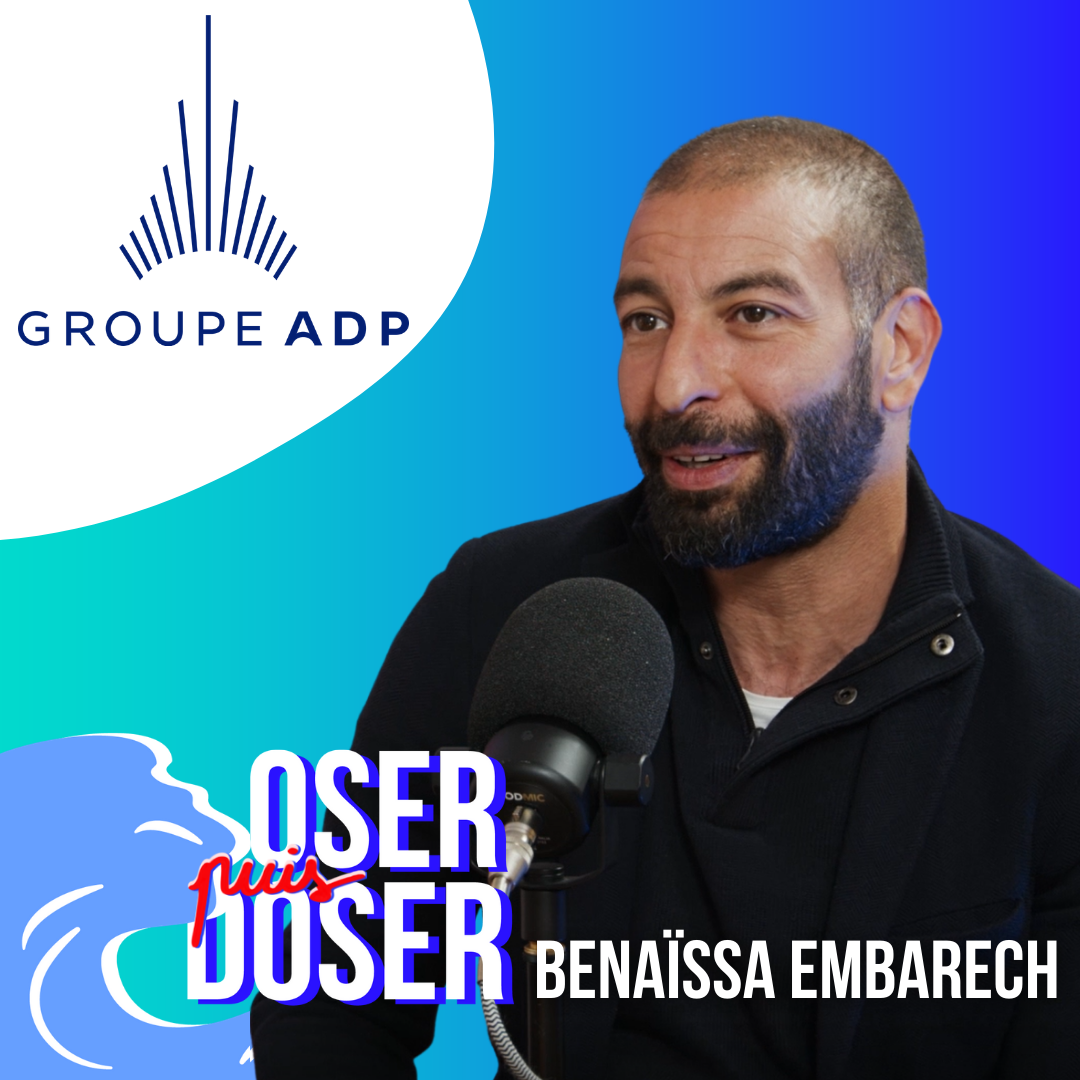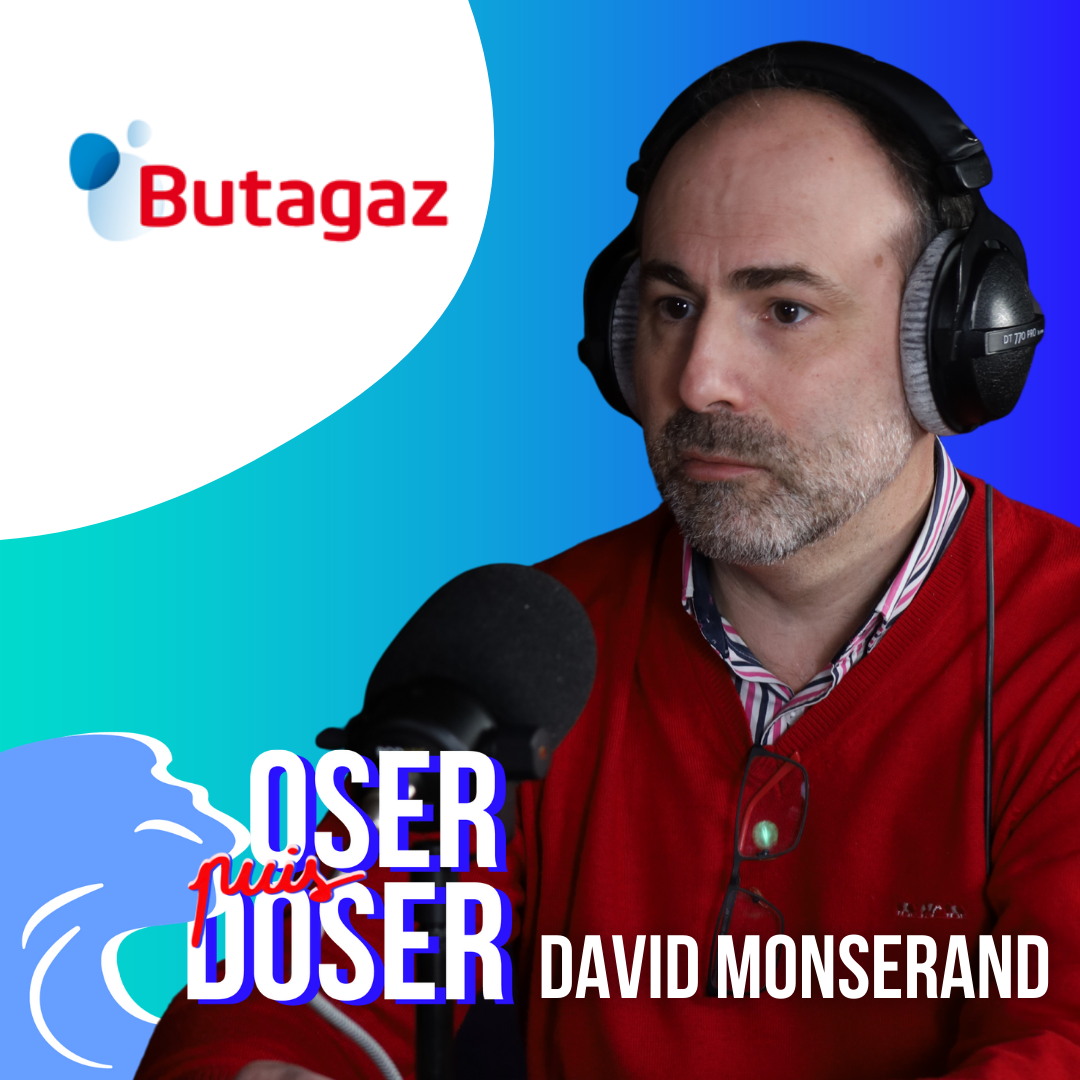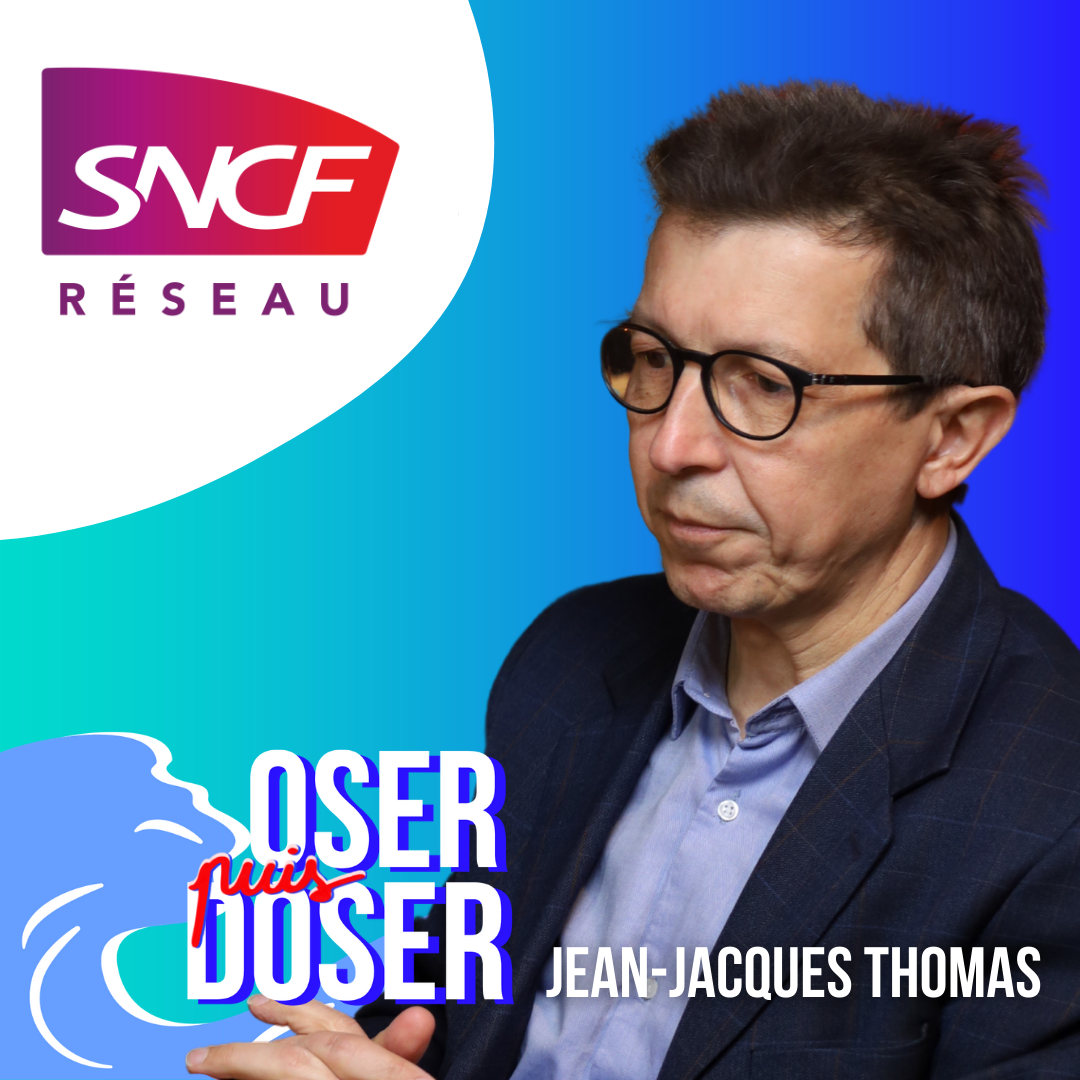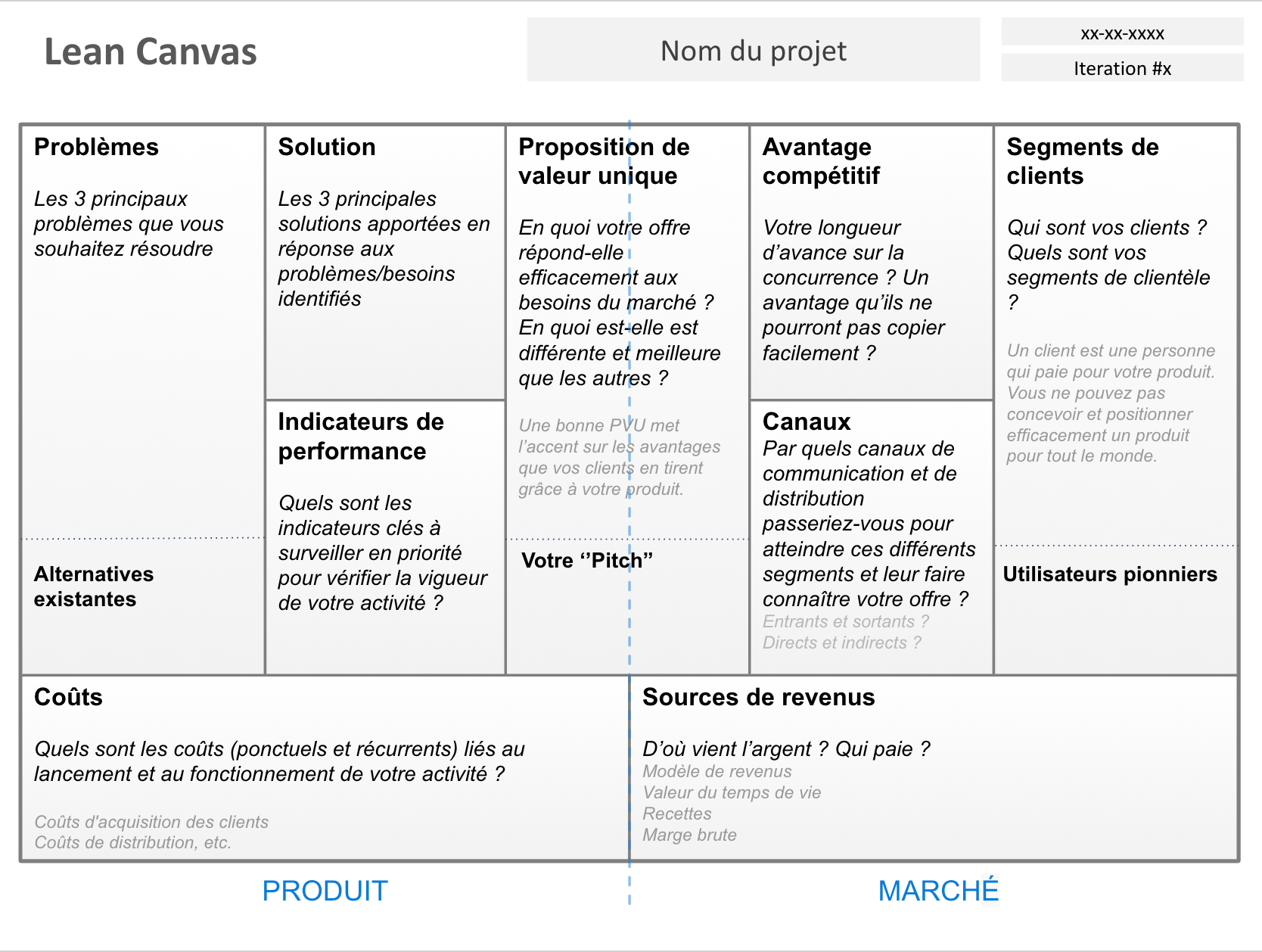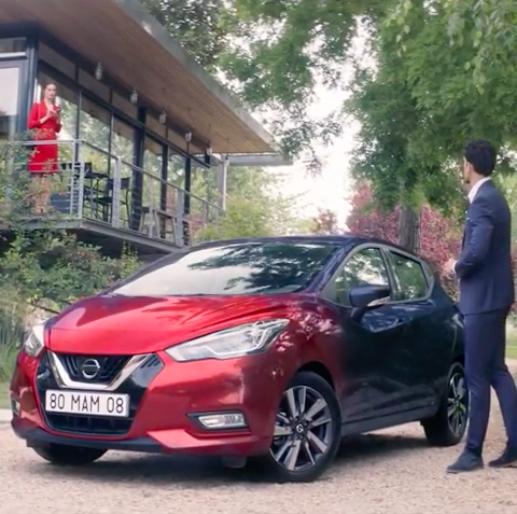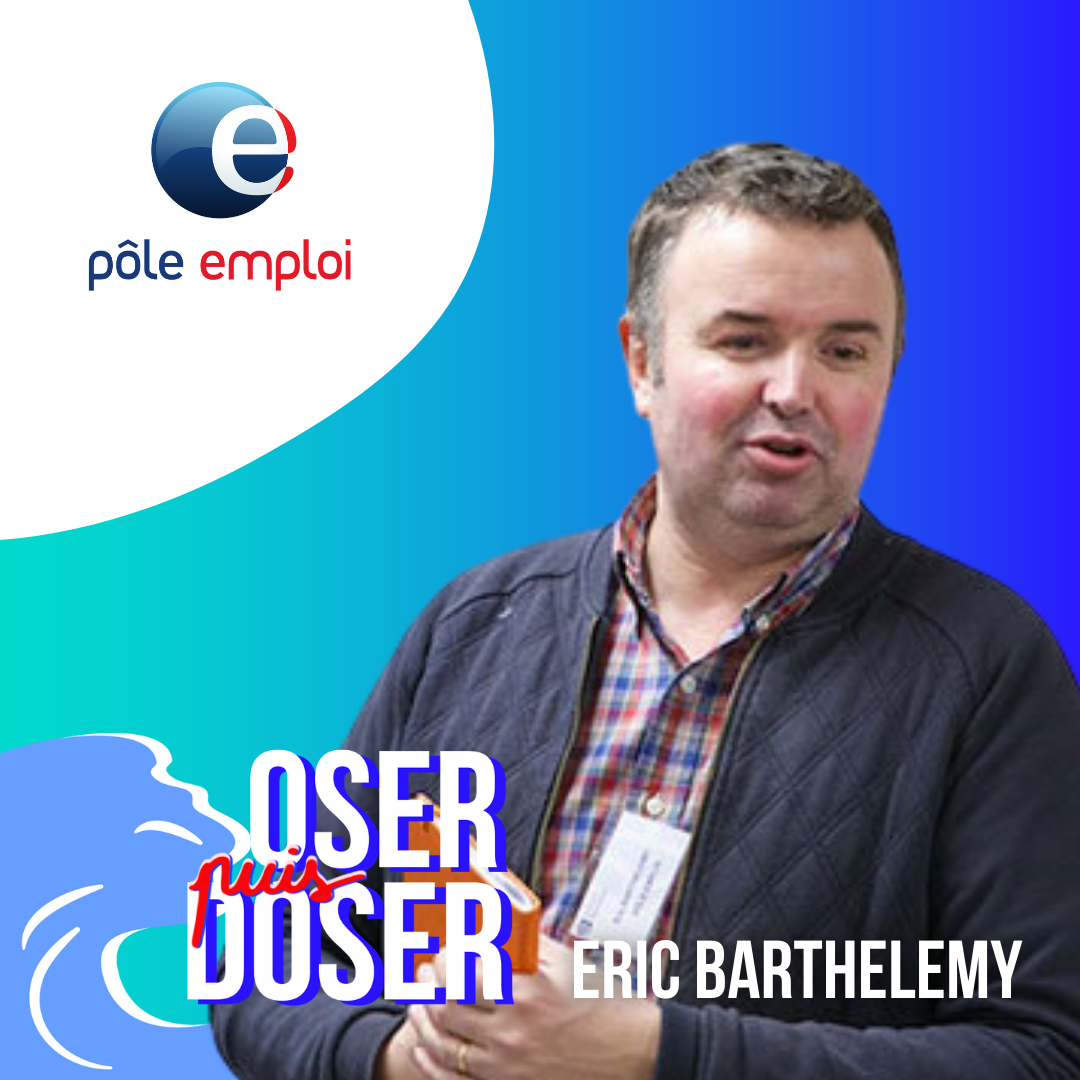
La startup qui a aidé 120 000 personnes à retrouver un job
Quand 75% du marché de l’emploi est dit caché avec des recrutements qui ne sont pas publics, comment favoriser le retour à l’emploi ? C’est la problématique qu’a adressé Eric…
Continue Reading La startup qui a aidé 120 000 personnes à retrouver un job
